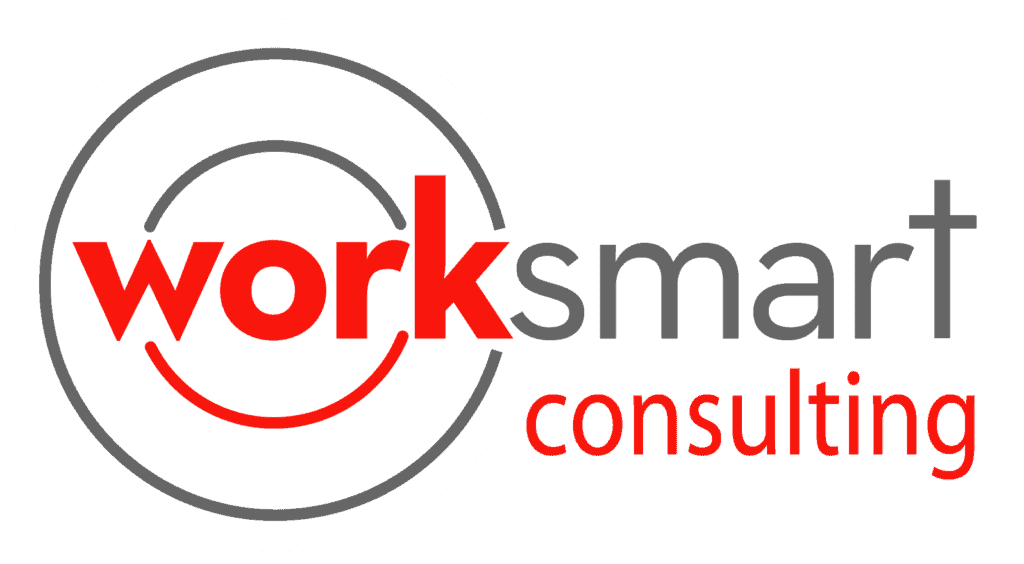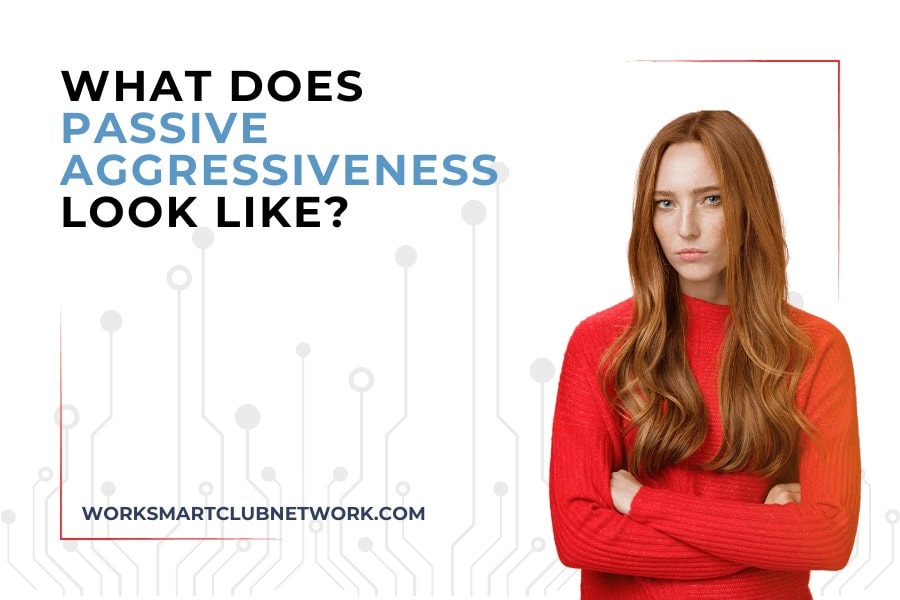In a nutshell, passive aggressiveness is an indirect way to express anger.
In the workplace, this replaces the outright display of conflict and confrontation. When it goes unchecked, it creates a toxic work environment. It can lead to gossip and make people feel they have to walk on eggshells around certain individuals. Other signs include:
- Forgetting or misplacing important documents
- Using email to avoid face-to-face conversations
- Resisting feedback for personal or professional improvement
- Having a “that’s not my job” attitude
- Skipping specific people in the chain of command, going above supervisors’ heads
- Humiliating co-workers in public
- Taking sick days during crucial meetings or projects to slow progress
- Withholding important information
- Doing less work when more is asked for
The untold truth is passive aggressive behaviors have a huge impact on an organization, despite the acts being subtle. The resistance and undermining chips away at morale, productivity, quality of work and turnover. High performers usually quit, leaving toxic employees continuing to act out.
What Passive Aggressiveness Looks Like at Work
‘Yes’ Translates into ‘Not Really’
Delay becomes the normal for a passive aggressive coworker. An employee who feels undervalued and underappreciated will often verbally agree to tasks and projects and then fail to deliver. This person will consistently “forget” deadlines, “misplace” documents,” and use sick days to slow team progress.
Messy Incomplete Work
A previously depended on employee who feels slighted might change tactics, either by the above, or by slow walking their work. Normally spot-on with their attention to detail, suddenly their work may be missing crucial steps, details or important information. This person will play the victim when called out on their actions, claiming “No one told me…” or “I didn’t know…”
Missed Deadlines
A healthy, productive team is built on open communication. A passive aggressive person will sabotage the efforts of coworkers trying to move forward by using sick days, withholding information, reports. This will shut down communication and disrupt a productive team. It can be quite difficult to re-establish performance standards when they are controlling workflow.
Revenge Becomes the M.O.
Rather than discuss issues directly, a passive aggressive person can seek revenge. This could be in the form of workplace gossip (trashing a reputation) or in one extreme case, a client reported someone sabotaged their laptop by installing a virus.
The mistake too many leaders make is to avoid confronting this behavior. It is a morale buster. Yes, most people do not like conflict however, telling you or your team, “work it out yourself,” is a cop out.
What’s a Manager to Do?
In the case of passive aggressive behavior or bullying, there needs to be a clear expectation of workplace standards. Having a zero-tolerance policy is the only way to ensure people with a passive aggressive style do not stay at your company.
Taking a stand on performance issues will also increase your credibility with your team. As the manager you must set the standard for the workplace, including respect for requests of information, reports, etc. This let’s everyone know you will work with those people who want to do the best job possible and are willing to develop their skills.







Responses